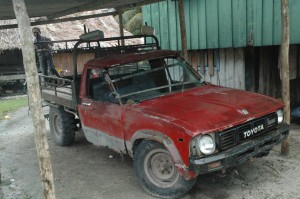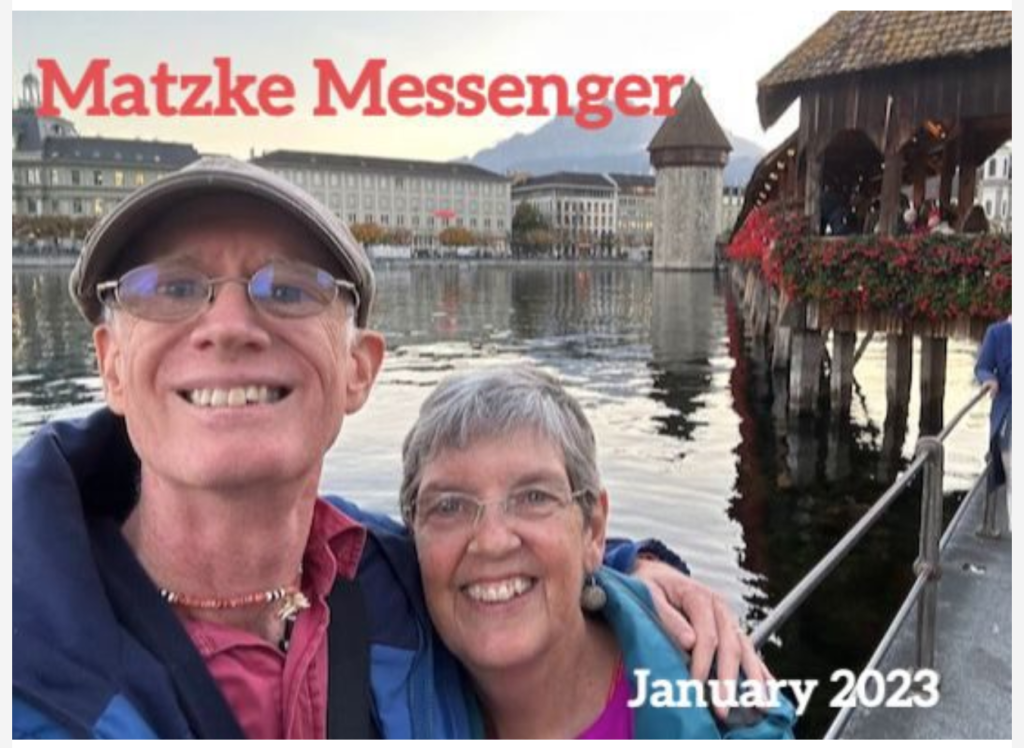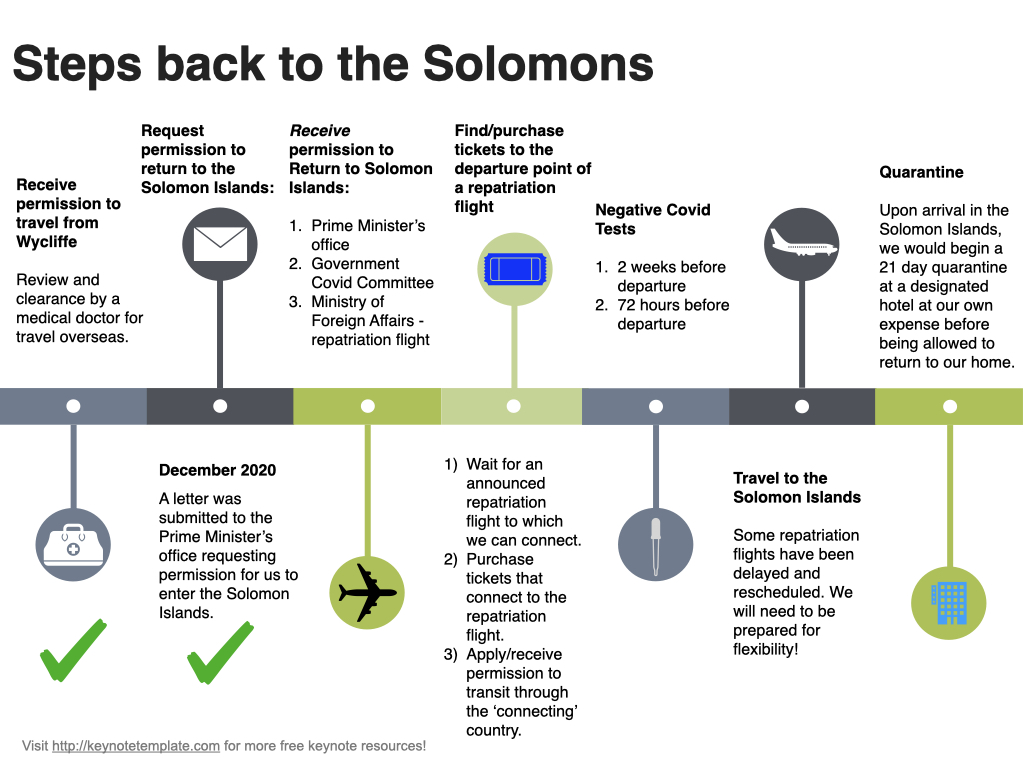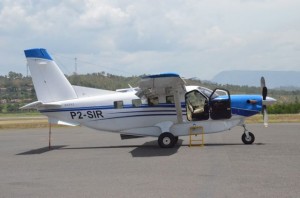Sunday 13 October
On to Sa’a village.
The only way to get from Afio to Sa’a is by ship or canoe. There is a road, but the bridge just past Afio washed out several years ago. So we load ourselves and our luggage into a canoe.
Solomon Islanders have been carving and paddling wooden canoes for centuries. And these canoes are still quite common. But for distance travel, everyone uses a more modern ‘canoe’. Fourteen to eighteen feet long and four to five feet wide, most canoes are made of fiberglass, have several bench seats and a covered front. They are powered by a 25 – 40 hp outboard motor and are absolutely essential for travel in this nation of islands.
The sea is actually fairly rough today; a bit of chop and rather large swells. The sea was smiling, according to a local saying (when you smile people can see your white teeth, think whitecaps).
The driver has to carefully adjust our speed as the canoe rides smoothly up a swell, nose in the air at the peak, and then slams down into the trough, ready to ride up the next swell. I’m glad my computer is not in the front. It wouldn’t like that pounding.
Our first port of call is Liwe (lee-way) Village. Liwe school is one of our pilot schools and we stop in to collect one of their teachers for the workshop. Turns out the Preparatory teacher cannot come because she has a young baby, so we wait while another teacher is found to take her place. We also find out that the Head Teacher, who should also attend, is at an ordination service at Waehi (why-hee) Village, across the bay. So we’re off to Waehi.
We reach Waehi in the pouring rain. I am very glad for my rain jacket and pants, but am still feeling a bit damp. We wait in a “rest house” for a while for the rain to slack off and for several more teachers. Someone shows up with a parcel of pudding- so we have a snack while waiting. When everyone is ready, and it is obvious that the rain is not going to stop, we head back to the canoe.
As we navigate around the next major point along the coast, it’s obvious that the conditions are a bit rough for our canoe – now with 10 passengers and our luggage. As we approach Sa’a village, there is some discussion (in the local language) as to whether or not to attempt to land. The small passage is a bit rough and would require carefully timing the waves, making a run for the shore, immediately jumping out as the canoe beaches and then quickly swinging the boat around so that the prow faces the incoming waves. A mis-timing of any of those actions could result in a wave swamping the boat, or even capsizing it. In the end, the decision is made to by-pass Sa’a and put ashore at Olosu’u, where there is a protected bay.
So now we are about 40 minutes walk past Sa’a, with all of our luggage. And to make things more interesting, the recent rains have flooded the road to ankle deep in places. Fortunately for us, there is a truck available that can give us a ride.
 After about an hour’s wait, the truck finally arrives – though calling it a ‘truck’ is perhaps a bit generous. It’s a small Toyota pickup that has definitely seen better days. It lists sideways as it crawls down the road. The frame surrounding the windshield has rusted away and it’s seal is long gone. The frame is actually reinforced by some small wooden boards tied on with string. The windshield is basically just propped into place, leaving a 2 inch gap between it’s top and the pickup cab. The ground is visible through several holes in the floorboards, and the steering column has no cover on it. And of course, the body is rusted through in any number of places.
After about an hour’s wait, the truck finally arrives – though calling it a ‘truck’ is perhaps a bit generous. It’s a small Toyota pickup that has definitely seen better days. It lists sideways as it crawls down the road. The frame surrounding the windshield has rusted away and it’s seal is long gone. The frame is actually reinforced by some small wooden boards tied on with string. The windshield is basically just propped into place, leaving a 2 inch gap between it’s top and the pickup cab. The ground is visible through several holes in the floorboards, and the steering column has no cover on it. And of course, the body is rusted through in any number of places.
But the pickup still runs. So we pile our luggage and ourselves in the back and set off down the road. We don’t break any speed records, but is sure beats walking. And it doesn’t take all that long for us to arrive in Sa’a village.
In fine weather, with a lighly loaded canoe and a 40 hp engine, the trip from Afio to Sa’a takes a bit over an hour. Our journey took us six. But that’s the way it is.








